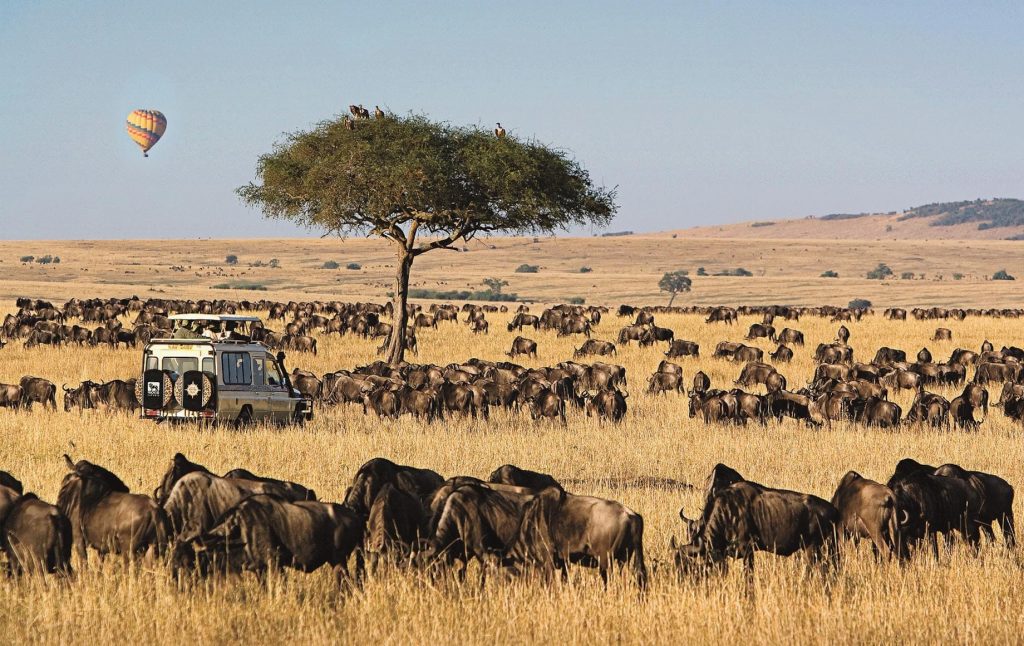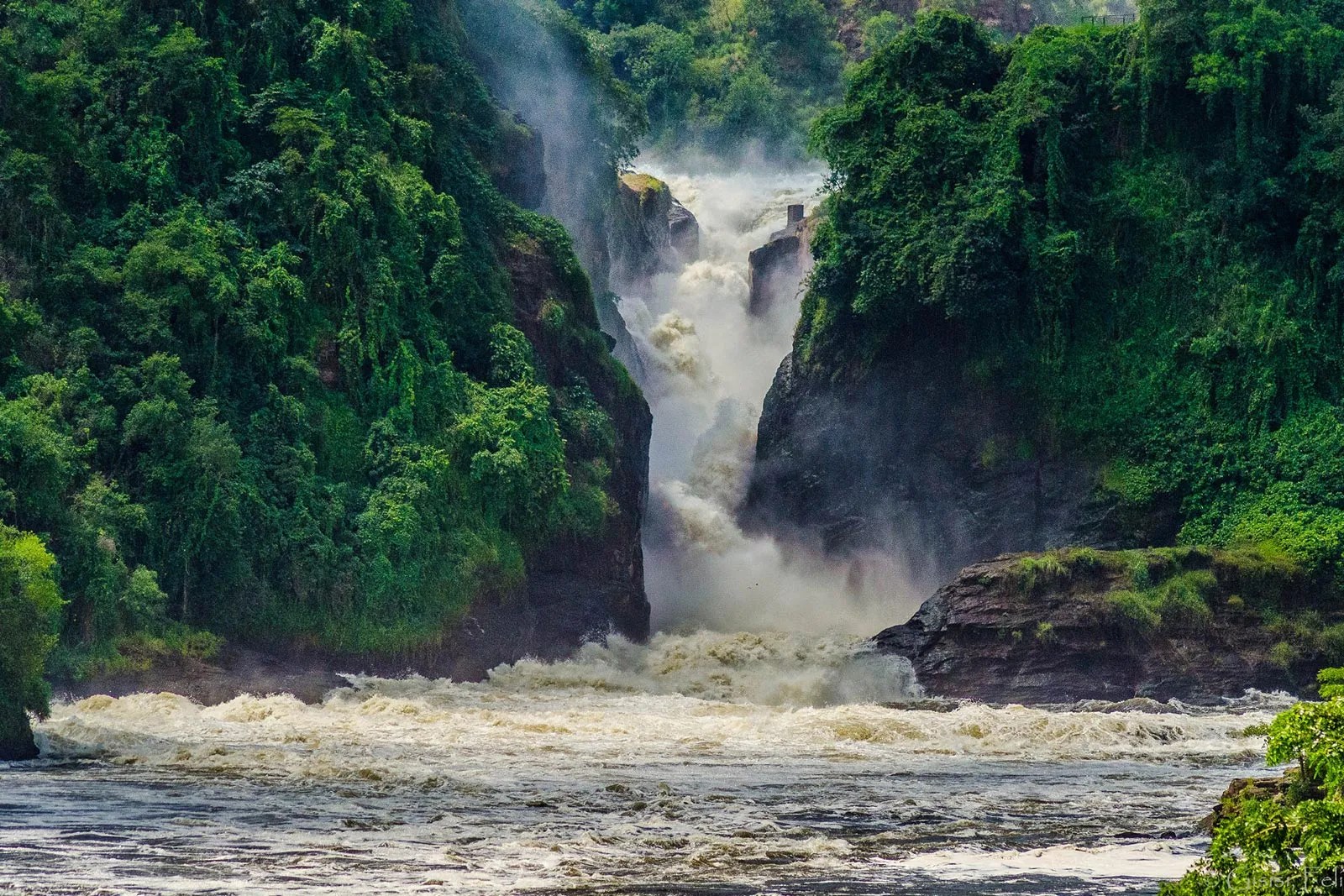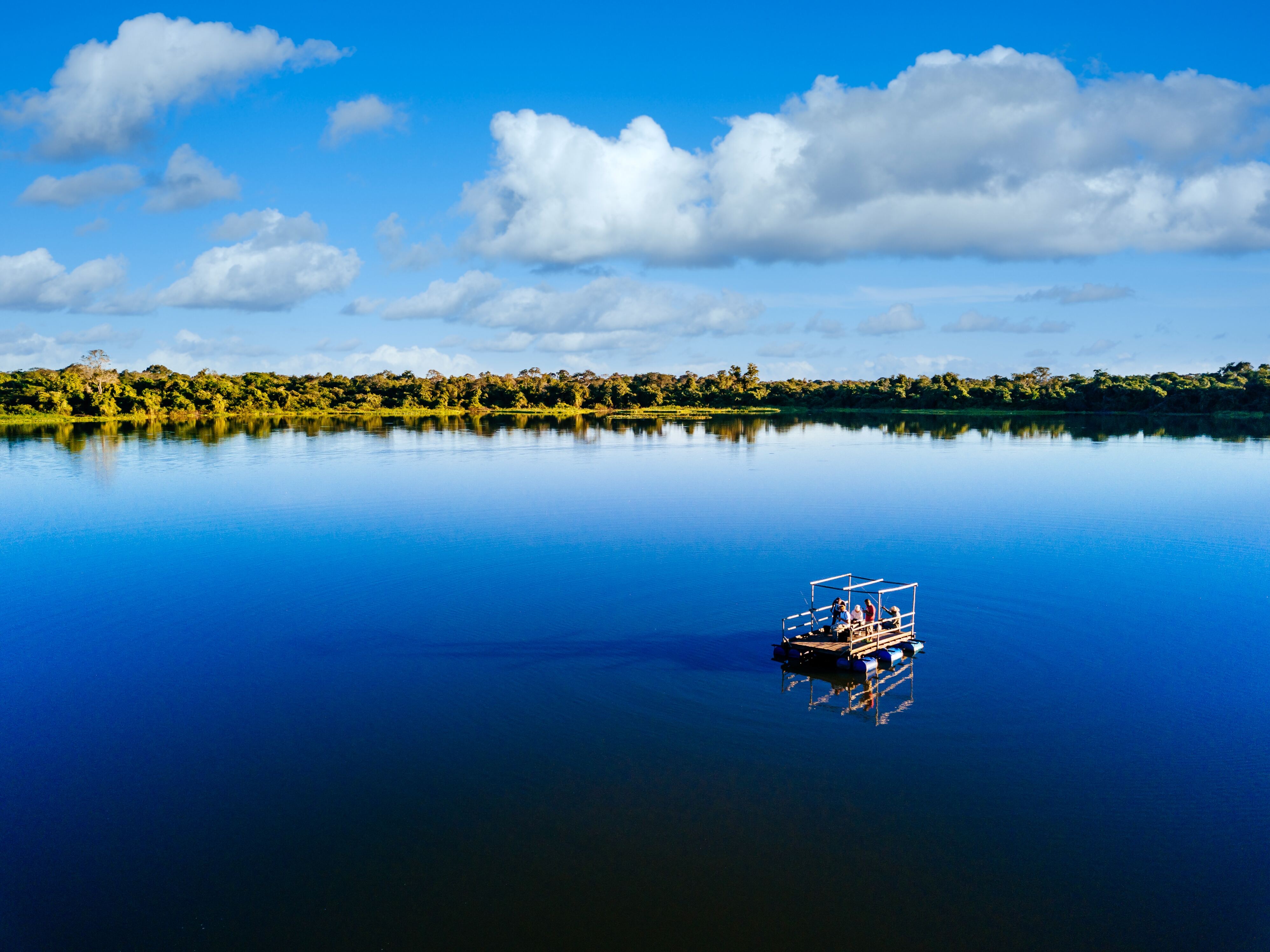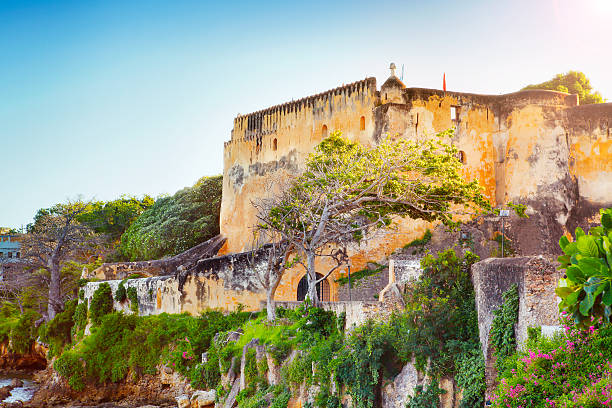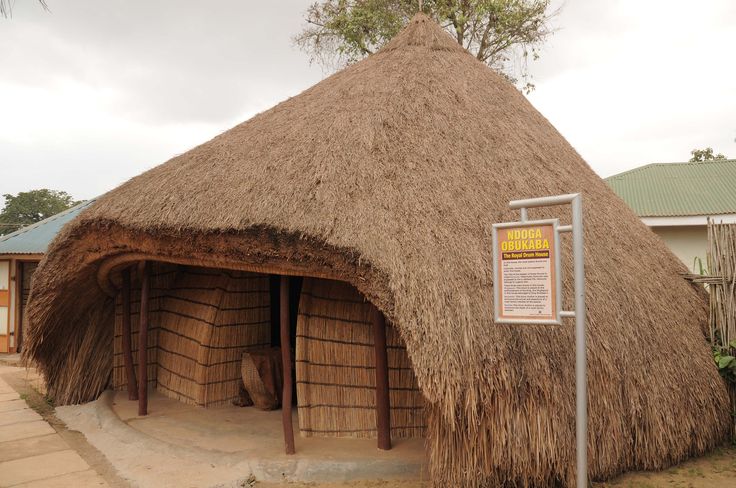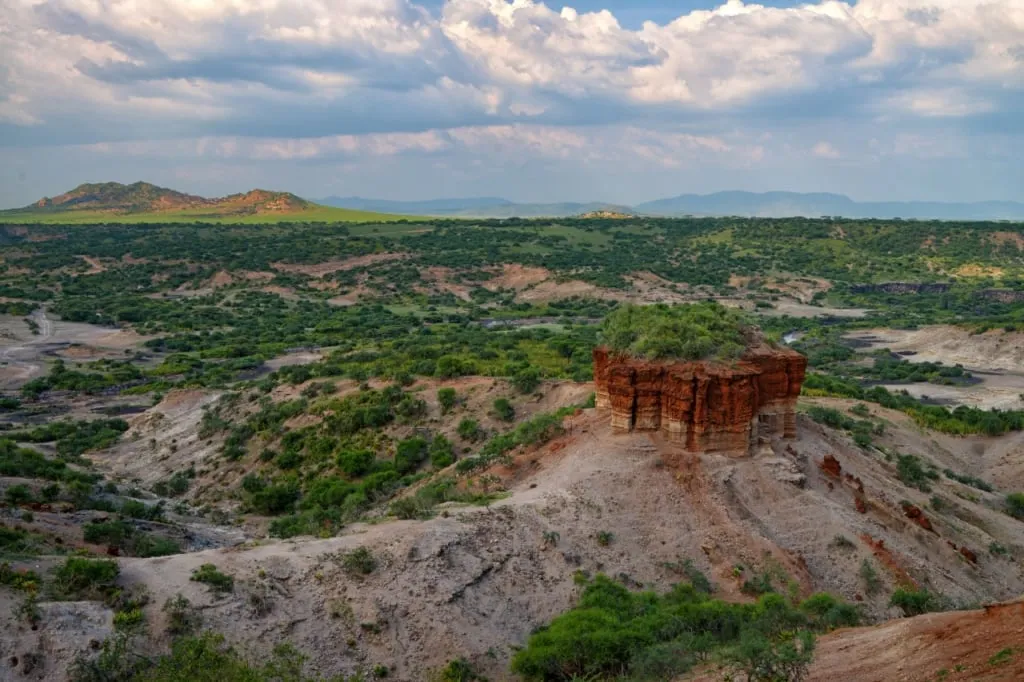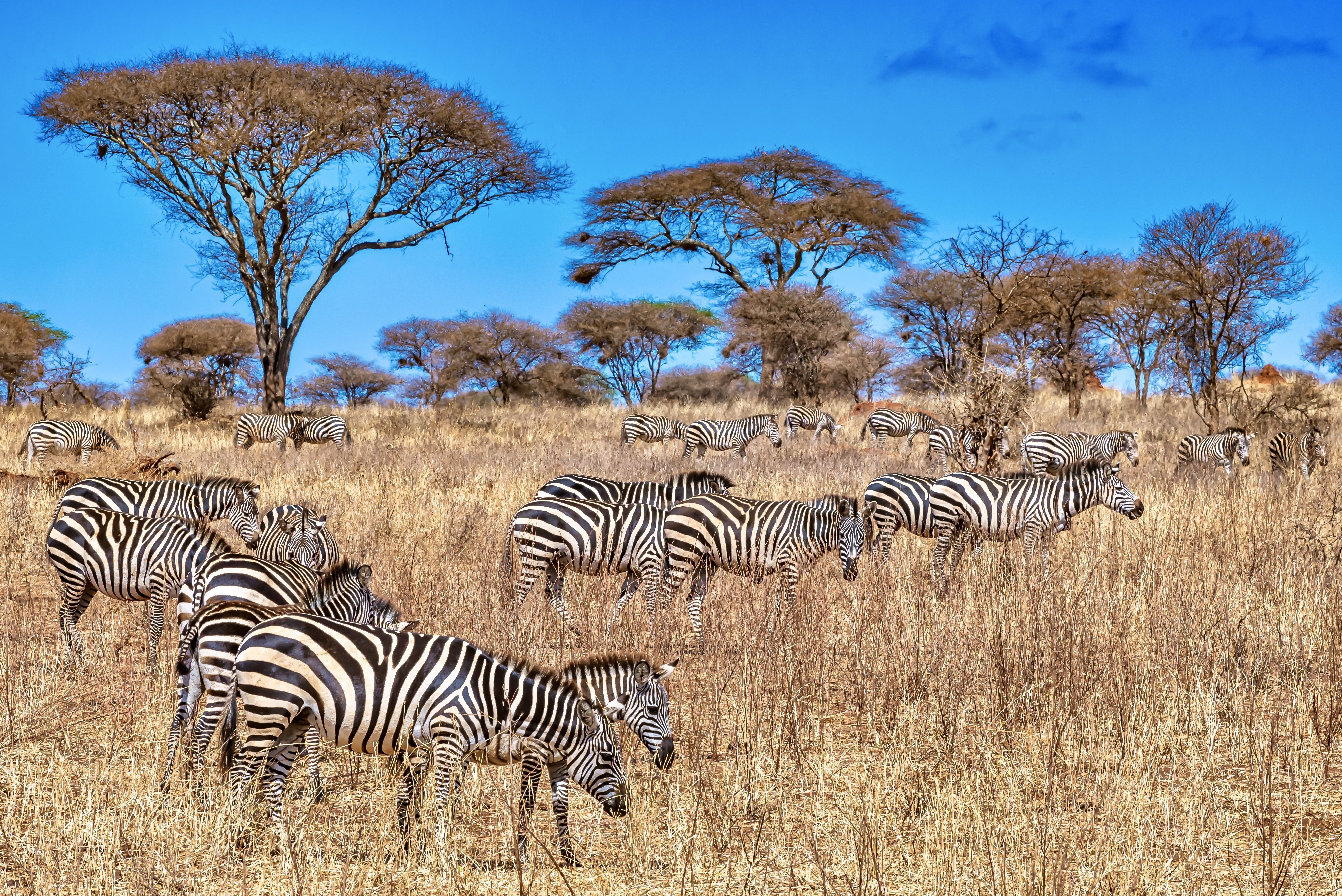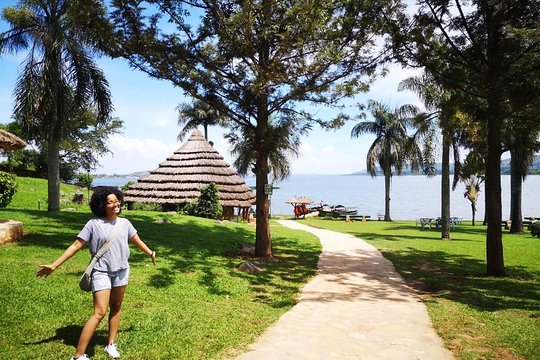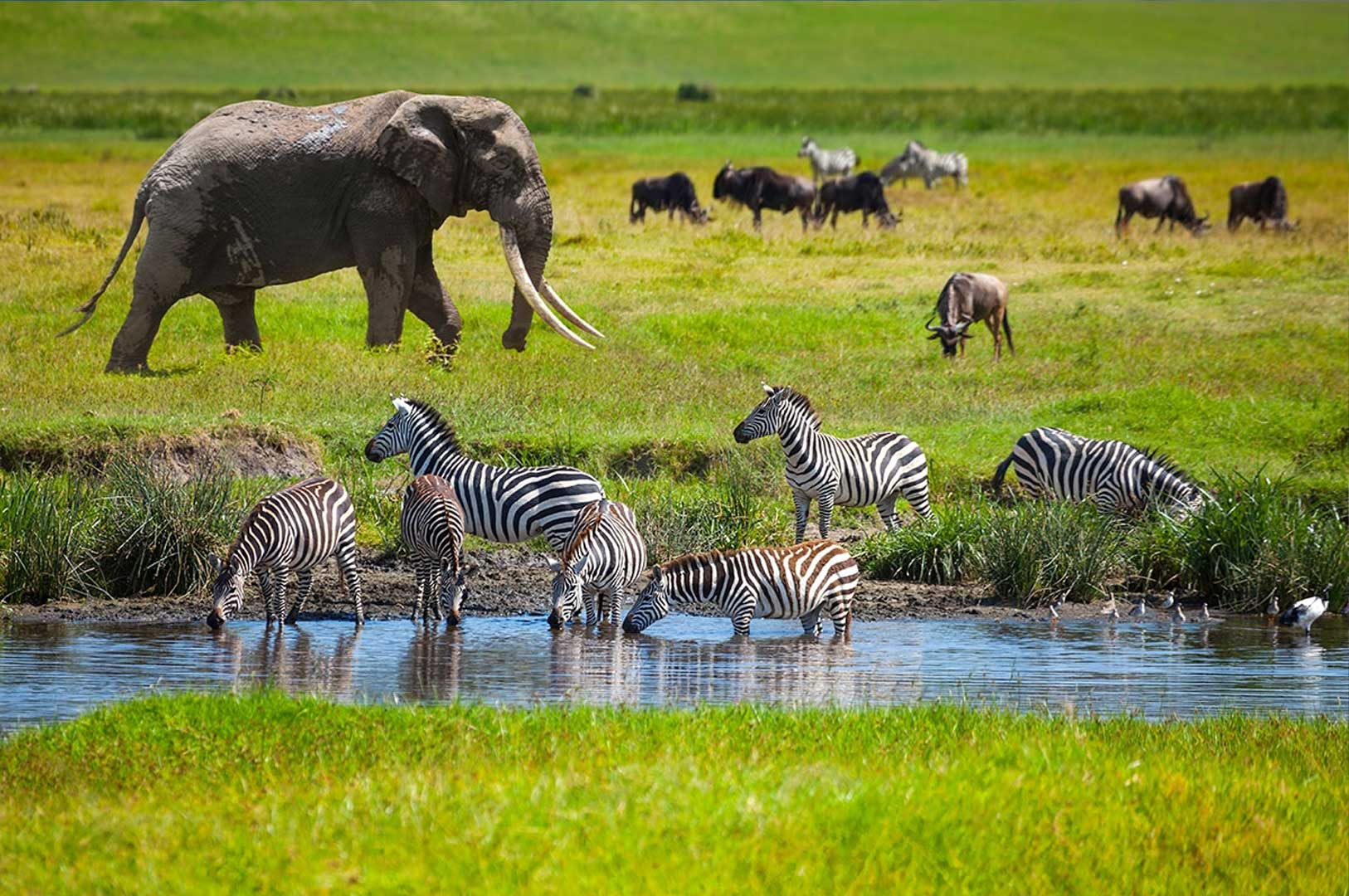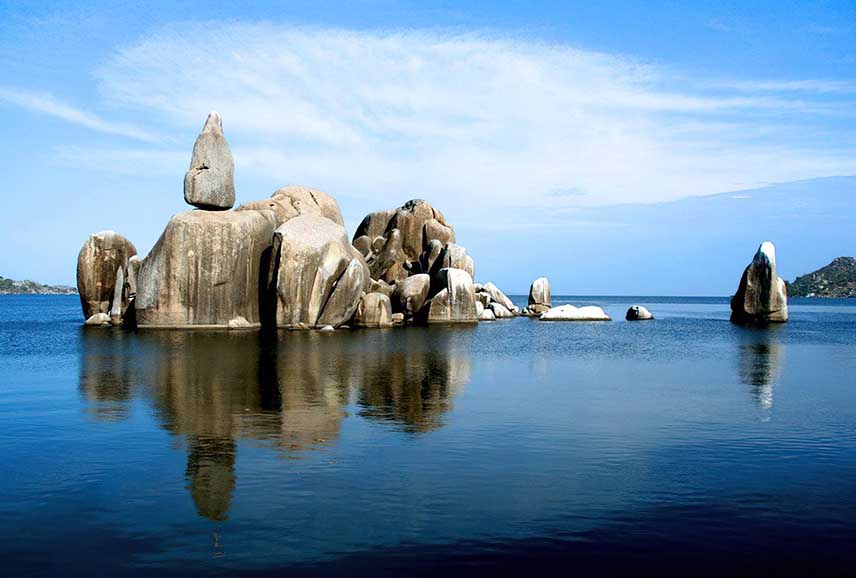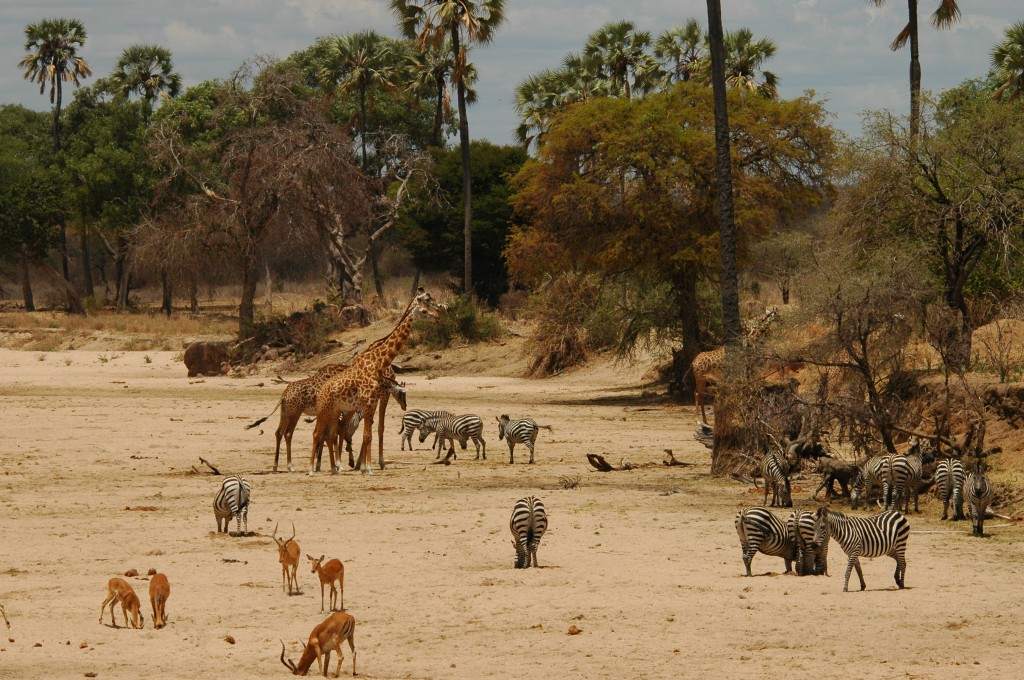Tanzania's national parks are a cornerstone of global conservation, with their origins tracing back to the early 20th century during colonial rule. The Serengeti National Park, established in 1951, was one of the first, created to protect the vast savanna ecosystems and the iconic wildebeest migration. Its roots lie in earlier game reserves set up by German and British colonial authorities to preserve wildlife for hunting, which later evolved into conservation-focused areas.
The Tanzania National Parks Authority (TANAPA) was formed in 1959 to manage and expand these protected areas. Ngorongoro Crater, part of the Ngorongoro Conservation Area established in 1959, became a unique model combining wildlife conservation with Maasai pastoralist rights. Other parks, like Tarangire (1970) and Lake Manyara (1960), were created to safeguard diverse ecosystems, from elephant-rich woodlands to alkaline lakes hosting flamingos.
Today, Tanzania boasts 22 national parks, covering over 15% of the country’s land. These parks not only preserve biodiversity but also support local communities through tourism revenue and conservation programs. They stand as a testament to Tanzania’s commitment to protecting its natural heritage, from the snow-capped peaks of Kilimanjaro to the coral reefs of Mafia Island.


